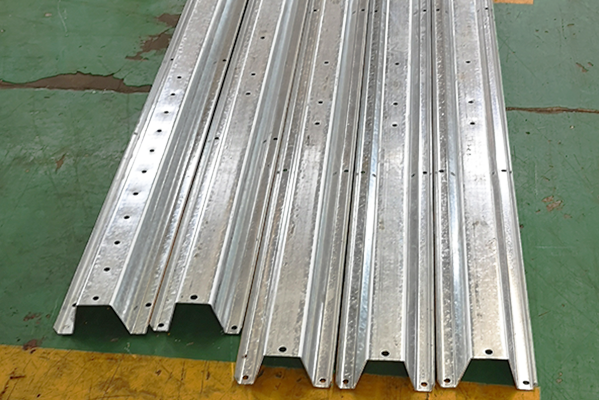Navigation Menu
Contact Us
- Email:
- info@wxavatar.com
- Address:
- Yurong Village, Yuqi Street, Huishan District, Wuxi, China.
Release Date:Mar 14, 2025 Visit:50 Source:Roll Forming Machine Factory
The ability to store grains for extended periods, such as 20 years, is a critical aspect of food security and agricultural planning. Long-term grain storage requires a combination of advanced techniques, proper infrastructure, and specialized grain storage manufacturing equipment. This equipment plays a pivotal role in maintaining the quality, nutritional value, and safety of grains over decades. In this article, we will explore how modern technology and innovative manufacturing solutions make it possible to store grains effectively for 20 years or more.
The Role of Grain Storage Manufacturing Equipment
To store grains for such an extended period, it is essential to control factors like moisture, temperature, pests, and oxygen levels. This is where grain storage manufacturing equipment comes into play. Manufacturers produce a range of specialized tools and systems designed to create optimal storage conditions. These include silos, aeration systems, temperature monitors, and sealing technologies, all of which work together to preserve grain quality.
Silos and Storage Bins:
Modern silos, made from durable materials like steel or concrete, are the cornerstone of long-term grain storage. They are designed to protect grains from external elements such as rain, humidity, and pests. Advanced grain storage manufacturing equipment ensures that these silos are airtight and equipped with features like moisture barriers and insulation to maintain stable internal conditions.
Aeration Systems:
Proper airflow is crucial to prevent spoilage and maintain grain quality. Aeration systems, manufactured specifically for grain storage, circulate air through the stored grains to regulate temperature and moisture levels. This prevents the growth of mold and fungi, which can compromise the grain over time.

Temperature and Humidity Monitors:
Precision monitoring is key to long-term grain storage. Modern grain storage manufacturing equipment includes sensors and control systems that continuously track temperature and humidity levels inside storage facilities. These systems can alert operators to any changes that might threaten the grain's integrity, allowing for timely interventions.
Hermetic Sealing Technology:
Hermetic storage solutions, such as sealed bags or containers, are another innovation in grain storage manufacturing equipment. These systems create an oxygen-free environment that inhibits the growth of pests and microorganisms. By eliminating oxygen, hermetic sealing significantly extends the shelf life of grains.
Best Practices for Long-Term Grain Storage
While advanced equipment is essential, proper practices are equally important to store grains successfully for 20 years. These include:
Pre-Storage Preparation: Grains should be cleaned and dried to the optimal moisture level before storage. Excess moisture can lead to spoilage, while overly dry grains may become brittle.
Regular Inspections: Even with the best equipment, regular checks are necessary to ensure that storage conditions remain ideal. This includes monitoring for pest infestations and structural integrity.
Pest Control: Integrated pest management systems, often incorporated into grain storage manufacturing equipment, help prevent infestations without relying on harmful chemicals.
The Future of Grain Storage Manufacturing Equipment
As technology advances, so does the capability to store grains for longer periods. Innovations such as automated monitoring systems, AI-driven analytics, and eco-friendly storage solutions are transforming the industry. These advancements not only enhance the longevity of grain storage but also improve efficiency and sustainability.
Conclusion
Storing grains for 20 years is a complex but achievable goal, thanks to the advancements in grain storage manufacturing equipment. From durable silos and aeration systems to hermetic sealing and precision monitoring, these technologies work in harmony to preserve grain quality over decades. By combining state-of-the-art equipment with best practices, farmers and storage operators can ensure a stable food supply for the future. The ability to store grains effectively for such extended periods is a testament to human ingenuity and the importance of innovation in agriculture.